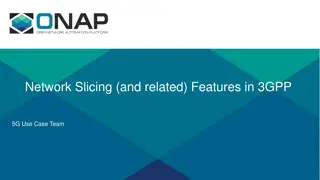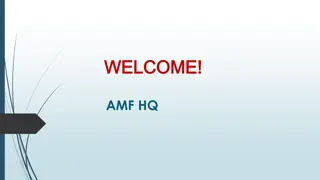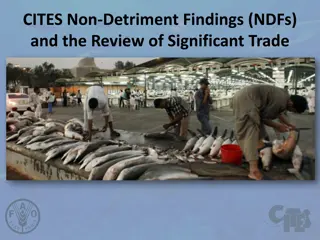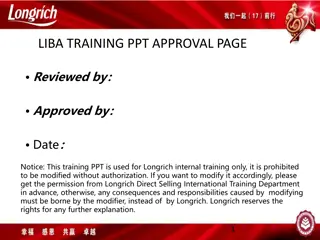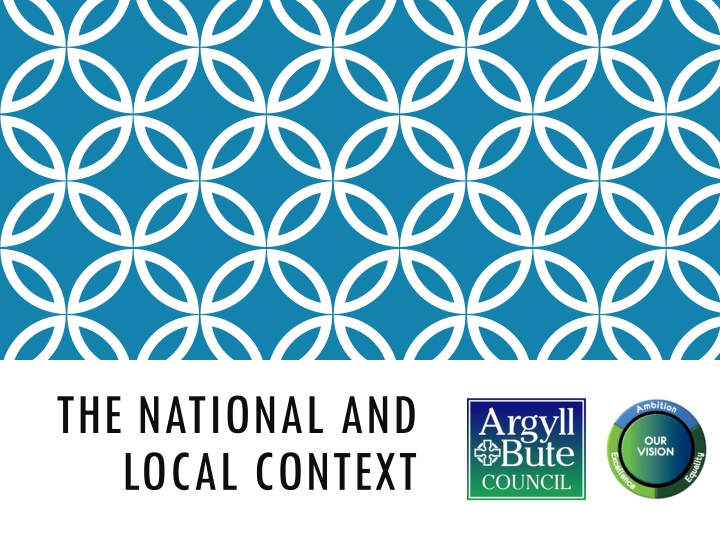
Effective Assessment and Moderation in Argyll and Bute
Explore the initiatives and principles driving effective assessment and moderation practices in Argyll and Bute, focusing on curriculum development, skills enhancement, and overall educational improvement. Discover the background, steps towards Curriculum for Excellence (CFE), and the foundational principles shaping assessment in this educational context.
Download Presentation

Please find below an Image/Link to download the presentation.
The content on the website is provided AS IS for your information and personal use only. It may not be sold, licensed, or shared on other websites without obtaining consent from the author. If you encounter any issues during the download, it is possible that the publisher has removed the file from their server.
You are allowed to download the files provided on this website for personal or commercial use, subject to the condition that they are used lawfully. All files are the property of their respective owners.
The content on the website is provided AS IS for your information and personal use only. It may not be sold, licensed, or shared on other websites without obtaining consent from the author.
E N D
Presentation Transcript
THE NATIONAL AND LOCAL CONTEXT
AIMS To develop assessment and moderation in Argyll and Bute To support our schools in their assessment and moderation practice To fulfil Argyll and Bute s six priorities
What should effective assessment and effective moderation look like?
BACKGROUND Pre CfE Clear indication that curriculum needed reviewed Early Years, 5-14, Standard Grades, National Qualifications System failing the lowest 20% of pupils Too great a focus on testing Need to de-clutter the curriculum Curriculum Review Group set up
STEPS TOWARDS CFE Building the curriculum 1 The contribution of curriculum areas Building the curriculum 2 Active learning in the early years Building the curriculum 3 A framework for learning and teaching Building the curriculum 4 Skills for learning, life and work Building the curriculum 5 A framework for assessment
BTC5 PRINCIPLES OF ASSESSMENT Assessment practice will follow and reinforce the curriculum and promote high quality learning and teaching approaches. Assessment of children s and young people s progress and achievement during their broad general education to the end of S3 will be based on teachers assessment of their knowledge and understanding, skills, attributes and capabilities, as described in the experiences and outcomes across the curriculum. (Building the Curriculum 5: A Framework for Assessment, p. 8)
ARGYLL AND BUTE SKILLS LIST Communication Active Listening Giving and Receiving Feedback Employability Assertiveness Awareness of self/local/national/ global issues Conflict Management Leadership Adhering to principles Remembering Extending the thinking of others Learning Self-Management Accessing Support Adaptability Understanding Offering Encouragement Recognising and using the strengths of others Being Enterprising Balancing life and work Coping Techniques Reflecting Applying Managing Resources and Time Putting yourself in another s place Teamwork Speaking Analysing Making informed choices Perseverance Positive Thinking Resilience Risk Management Writing Synthesising Evaluating Systems Thinking Creativity Formulating Success Criteria Information Handling Investigating and Problem Solving Peer and Self Assessment Digital literacy skills Fine motor skills Self Discipline Taking the initiative
BTC5 AND MODERATION Moderation is the term used to describe approaches for arriving at a shared understanding of standards and expectations for the broad general education. (Building the Curriculum 5: A Framework for Assessment, p. 36)
QUALITY ASSURANCE AND MODERATION KEY MESSAGES Moderation: 1.Is a collaborative process involving all stakeholders, including the learner 2.Is the means by which we develop a shared understanding 3.Ensures a rigorous and robust system 4.Is integral to every stage of: Planning Learning and Teaching Assessment Feedback and evaluation 5.Provides opportunities for feedback and planning for improvement 6.Should be an on-going, sustainable process by which we raise standards and expectations
PRIORITIES OF NIF Improvement in attainment, particularly in literacy and numeracy Closing the attainment gap between the most and least disadvantaged children Improvement in children and young people s health and wellbeing Improvement in employability skills and sustained, positive school leaver destinations for all young people.
6 KEY OBJECTIVES: Raise educational attainment and achievement for all Use performance information to secure improvement for children and young people Ensure children have the best start in life and are ready to succeed Equip young people to secure and sustain positive destinations and achieve success in life Ensure high quality partnership working and community engagement Strengthen leadership at all levels
IN 2018, LOCAL AUTHORITY FEEDBACK AND INSPECTION REPORTS SHOW THAT NATIONALLY: Moderation within the BGE is an improving picture across Scotland Many local authorities/schools are implementing plans for improvement In many cases, the role of QAMSO/AMF is crucial to the success of moderation and this has been built upon to support others Some local authorities/schools have developed a clear strategy for improving moderation Some local authorities have identified their own targets for improvement through assessment frameworks.
HOWEVER... While many local authorities have clear plans, most are in the early stages There is a varying degree of expectation for moderation across Scotland, affecting the time set aside for meaningful dialogue In some areas, the role of QAMSO is not being used effectively to support local systems There are time constraints At secondary level, it is predominantly English & Maths specialist- led.
BEST NATIONAL PRACTICE IDENTIFIED IN 2017-18 Assessment & moderation as a priority across the Authority Tiers of drivers QIOs/HTs/Moderation Coordinators/Teachers shared expectation Effective use of in-service for planned moderation Sectors working together Calendar of planned events Local banks of evidence as reference points Each school contributing to evidence gathering for QAMSO events or local events
BEST NATIONAL PRACTICE IDENTIFIED IN 2017-18 Shared value of moderation Shared expectations Moderation is integrated into everything not .& moderation Improvement plans detailing moderation Working Time Agreement outlining moderation as a priority Clear expectations for the role of senior staff in moderation Investment in leadership Involve learners Professional learning
ARGYLL AND BUTE PRACTICE 2017-18 Increasing confidence in the use of assessment and moderation to ensure that data, particularly across BGE, is valid and reliable. This is well supported by Assessment and Moderation Facilitators. Positive steps to strengthen leadership capacity across schools. Examples of schools prioritising moderation in WTA and SIPs Examples of successful school and cluster moderation work across authority Almost all schools have conducted some moderation as a whole school






